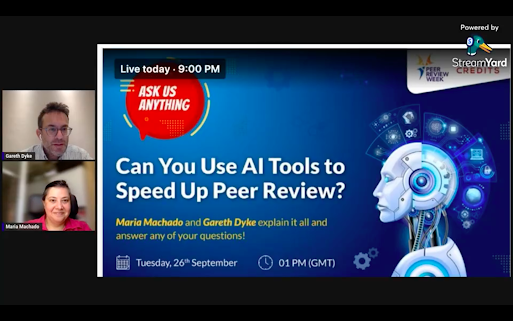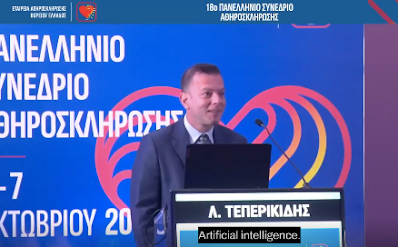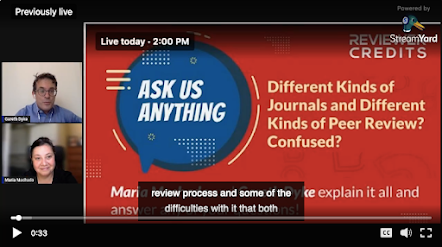#PeerReviewWeek2023

How was it for you? I'm tired, but I liked it... 😳 Listen... I made an effort! I really wanted this to come to the world fully formed yesterday... It didn't happen. Too much information and "zooms" make me groggy... So, here we are. End of #PeerReviewWeek2023. My first full one. How was it for you? I'm tired, but I liked it... I promised a post a day, so I'm due one. This one. I want to tell you all about how I do this thing. Peer review is not an art form. It's work. We can break it down into a process. How do you become a good peer reviewer? Not to brag, but already doing it, I'm quite good 😎 ( did you see this? ) Here are some top tips: Read. In your area, in areas adjacent, sometimes in completely unrelated ones. It's good to be aware of different styles and conventions, as they all have features we can learn from . Reading keeps you up to speed with the latest developments in your field, and it is a good habit to maintain if you wan

.png)




